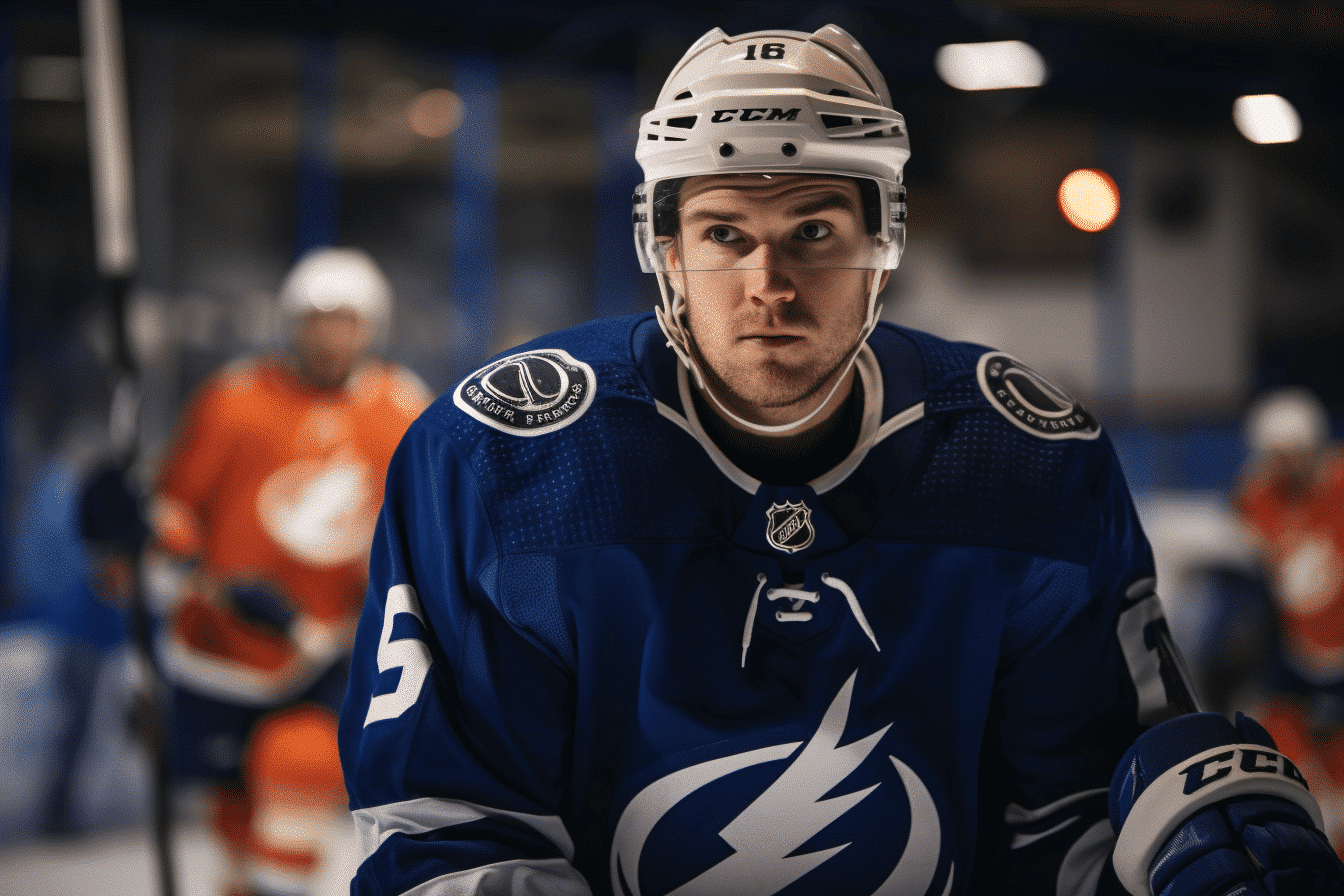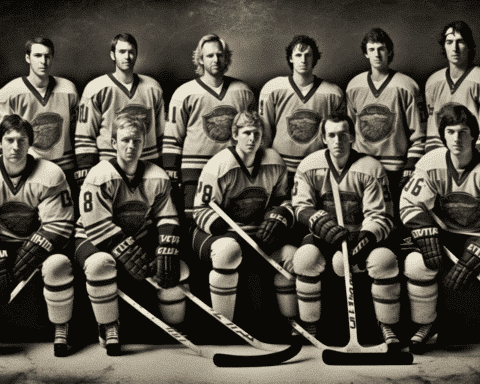In a move stirring both the hockey community and safety advocates, Tampa Bay Lightning’s left wing, Cole Koepke, has taken a significant step towards personal safety by adopting a neck guard during games. This decision comes in the wake of a tragic incident involving Adam Johnson, a former Pittsburgh Penguins player and fellow University of Minnesota-Duluth alumnus, who suffered a fatal neck injury after being cut by a skate blade in a game in Britain.
The hockey world was shaken last month when news broke out that Johnson had passed away following the severe injury sustained during a match. The incident not only cast a somber mood across the sport but also reignited discussions on the need for enhanced safety measures for players.
Koepke, who was on his way to a minor league game with Syracuse of the AHL, was informed of the harrowing event by a friend. Upon learning that someone from his own collegiate background had succumbed to such a freak accident, Koepke was quick to implement a safety measure that he believes could prevent such a loss in the future.
Although the NHL does not mandate the use of neck guards, Koepke has become the first Lightning player to utilize the gear, which resembles a turtleneck and is designed to protect the neck area from potential skate blade injuries. The implementation of the neck guard by Koepke signifies a personal commitment to safety, spurred by the loss of a peer in the sport.
The reaction has not been isolated to Koepke alone. Johnson’s former team, the Nottingham Panthers, and other players in the Elite Ice Hockey League have also adopted neck protection following the incident. The league has expressed strong encouragement towards its players to consider the use of neck guards, emphasizing player safety.
A postmortem examination confirmed that Johnson’s death was indeed the result of the neck injury from the skate blade cut, underscoring the dangers that players face on the ice. The hockey community has expressed its grief over the loss of Johnson, remembered not only for his talent on the ice but also for his character off it.
The NHL has had its share of close calls in the past, with the most notable being the incident involving Buffalo goaltender Clint Malarchuk in 1989, who survived a similar neck laceration due to swift medical intervention. Such historical incidents add weight to the ongoing conversations about player safety and the potential benefits of additional protective gear.
Koepke’s move to wear a neck guard is more than a personal choice; it is a statement that may well set a precedent for others in the league. There is a growing sentiment that in light of recent events, more players might begin to adopt neck guards as a standard part of their equipment.
As the hockey community continues to mourn the loss of Adam Johnson, it also looks towards measures that could prevent such tragedies in the future. Koepke’s decision to wear a neck guard serves as a testament to the impact Johnson’s passing has had on the sport and its players, potentially marking the beginning of a new era in hockey safety.




